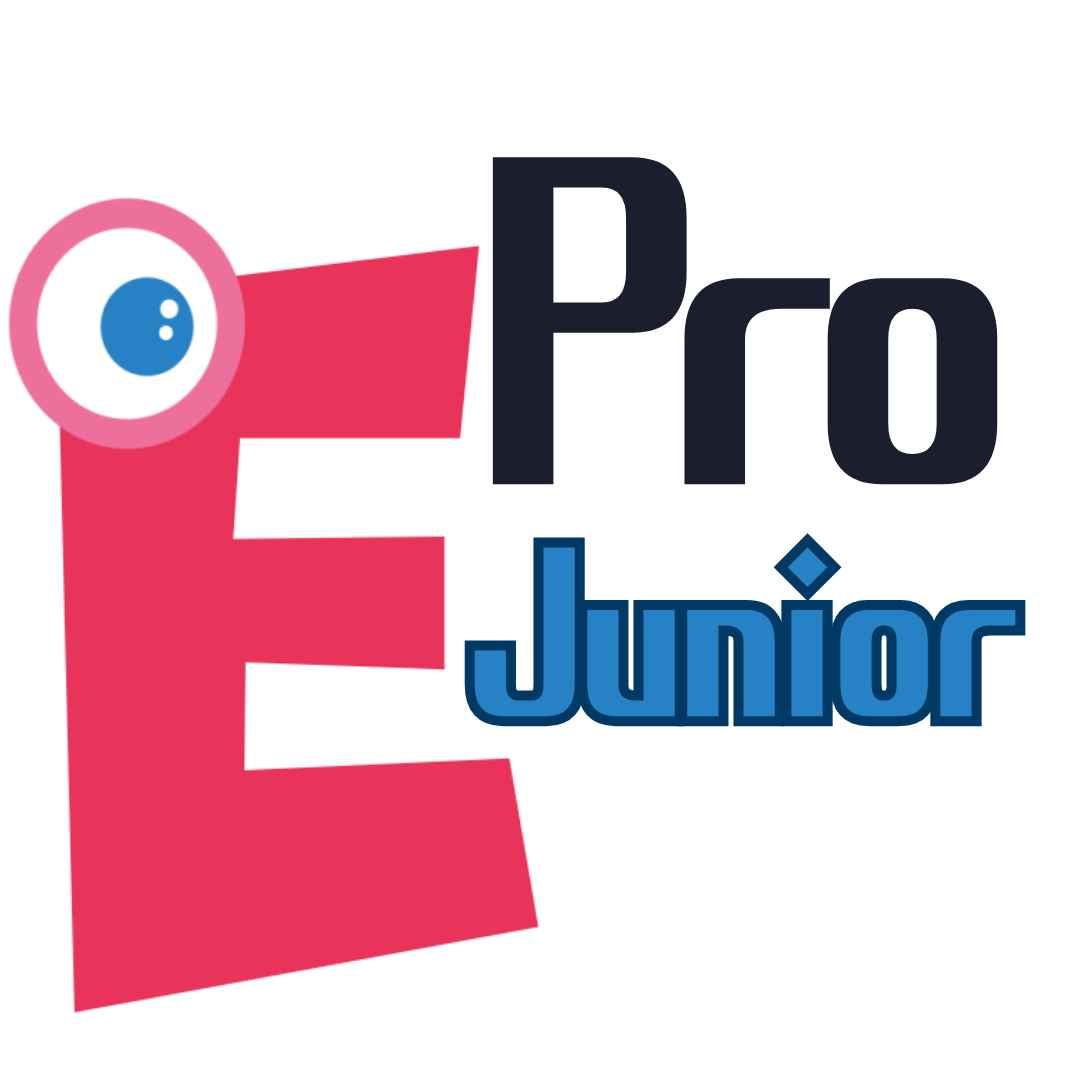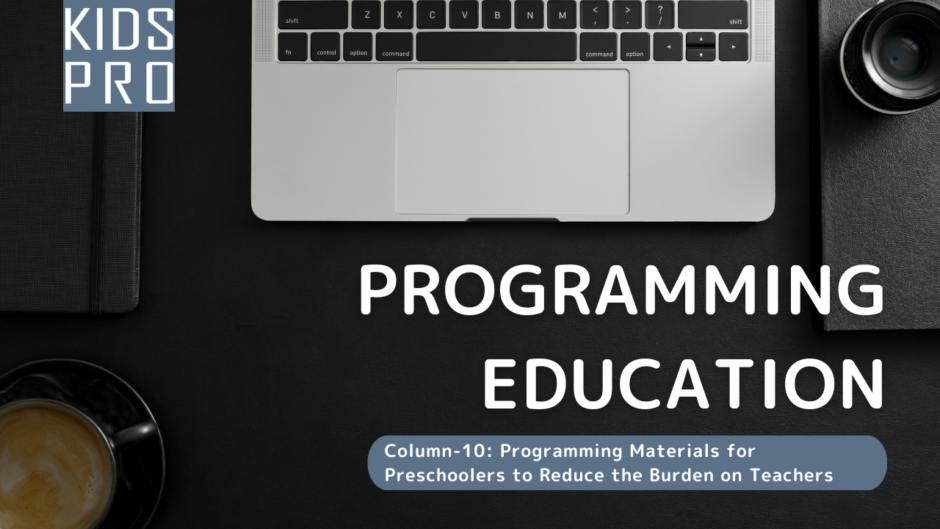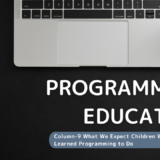These days, the demand of younger children including infants for learning programming is increasing. Even though one might think that programming would be too difficult for infants, this is not the case. There are many programming materials available targeted at as young as four or five-year-old children, including ScratchJr, Viscuit, Springin’, and LEGO SPIKE Basic. The prerequisite is that children have a desire to learn programming, but with the right materials, even young children can learn programming.
If adults restrict children’s learning by saying “It’s too early for them to learn, so let’s wait until they grow up,” children will lose interest in programming after a few years. When my son was in the fourth grade of elementary school, he asked me to let him make a Flash animation. However, I did not have the knowledge nor time to teach him. As a result, at the age of 18, my son has lost interest in Flash animation. I believe that in order to nurture a child’s desire to learn, we need to respond as soon as possible when children want to learn.
Nonetheless, if we just give young children programming materials, they will not be able to use the programming materials appropriately and will soon become bored with them. Although some children may be able to learn on their own by looking at books or YouTube videos, basically everyone, including adults, need the guidance and support of a teacher at the beginning of learning programming. Especially young children require more careful guidance.
In response to requests to teach programming at kindergartens and preschools, I have developed a programming material called “eJr Programming” that greatly reduces the burden on teachers. The programming language used is ScratchJr.
The most important aspect of this development is that children can learn in a fun way. The program is designed to be carried out with subjects that children are interested in, such as space, travel, dance, vehicles, folktales, animation, and games. The program consists of 36 lessons (1200 minutes in total) + 15 tests and explanations (120 questions) + 36 teacher’s guides. Even if this program is taught once in every week, children can keep learning for 3 years.
Many existing programming materials can be completed in about one year. You cannot master programming in just one year of weekly classes. You have to learn the rest on your own. Despite of the possibility that some children may begin to learn programming on their own after a short period of instruction, for most children we need as many materials as possible that suit each age and level.
While continuing to teach programming in the classroom, I would like to create more teaching materials that can be used in schools and programming classes.
 eJr Programming
eJr Programming 

